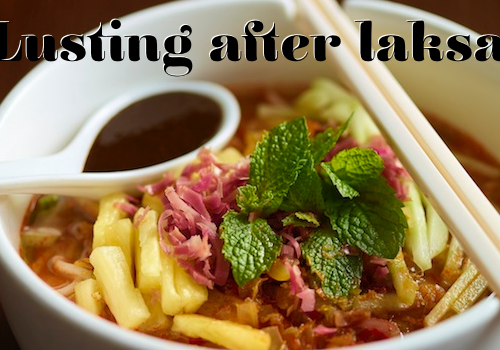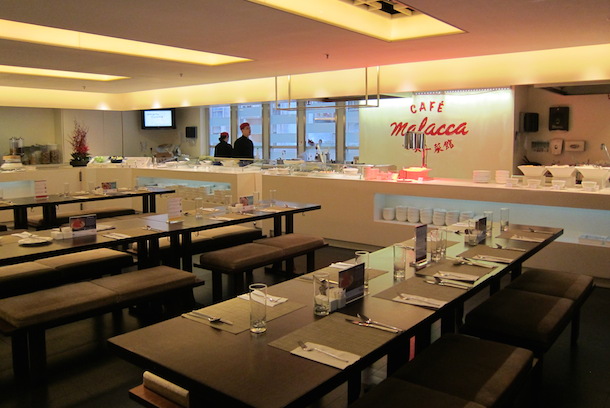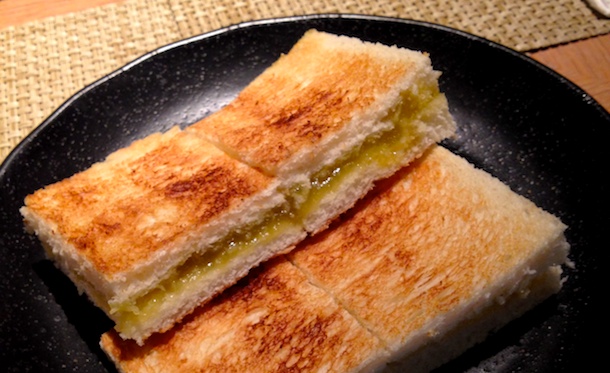I take my Malaysian food pretty seriously. As the daughter of Malaysian-Chinese parents who was fortunate to have spent a portion of my childhood in Penang, finding somewhere outside of the mother country that satisfies my Malaysian food cravings is more often than not, a total non-starter. Call me a snob but honestly, I haven’t even bothered to visiting any of Hong Kong’s Malaysian restaurants as deep in my heart (sob), I knew that they just wouldn’t pass muster. Why try when I can just make trips back to Malaysia?
And what about my Penang Assam Laksa cravings? Oh how I lust after the sour taste of the soup and the kick of the chilli… but alas, this seems to be the one dish that is missing from many Malaysian establishments here, with most of them opting for the normal curry laksa instead. Having said that, I’ve actually been oddly relieved by this fact as I fear the cataclysmic disappointment that would overwhelm me should the laksa not be executed correctly!
So imagine my surprise when I learnt that Traders Hotel’s Malaysian and Singapore restaurant, Café Malacca, was making waves on the food scene – and actually seemed to have been tentatively given the green light amongst fellow Malaysians. Interesting… And even more interesting is their menu, where none other than Penang Assam Laksa makes an appearance!
They didn’t make it easy for me to get my laksa fix; Traders Hotel is as far west as you can get on HK Island and by the time I arrived, my stomach was downright whimpering!
Named after the Strait of Malacca, a channel of huge economic importance that links the major Asian economies, the restaurant aims to reflect the multicultural cuisine that one finds in Malaysia and Singapore – a lovely mix of Chinese, Malay, Indian and Peranakan. To those unfamiliar with the cuisine, the menu has a helpful photo guide to the dishes. The restaurant itself is spacious, minimalistic and rather indistinct, with no real indication of it being a Malaysian restaurant other than a few framed black and white photos of hawker stalls.
However, it’s the food that injects life into the place and Rach and I immediately got stuck in, with me prattling away about my childhood favourites and explaining the finer details of each dish. First up was the fried carrot cake – cubes of turnip fried with bean sprouts, prawns and the must-have preserved turnips to give it that all important crunch. It was good; fresh out and hot, the cubes were plump and deliciously fragrant.
Of course, you can’t have Malaysian food without Char Koay Teow. Expectations were high, especially as it is labelled as Penang Char Koay Teow (nothing beats the Penang version!) and it came on a banana leaf. It had the chives and the Chinese sausage with the only the sea cockles missing, but otherwise it was pretty authentic in terms of colour (not too dark) and texture. The aroma triggered my senses and it looked like the real McCoy. Not overly oily, the flat noodles and sausage were delicious and had that little bit of charring round the edges that I love.
Finally, the dish I had been waiting for, the Penang Assam Laksa, arrived. The signature dish of Penang, this wonderful bowl of noodles is either your cup of tea or not. A spot-on Assam Laksa needs to be tart, sour and aromatic and the spice should pack a wallop. The tartness comes from tamarind, with the addition of ginger flower giving a slightly sweet accent that helps dampen the fishiness of the broth. Both ingredients, I was happy to find out, had made it into Café Malacca’s version. No laksa is complete without hae ko (a thick, sweet prawn paste) on the side, and I was delighted to discover that Café Malacca had imported the very same Penang brand that hawker stalls in Malaysia use.
So did it pass the test? The broth had a good balance of flavours, was decently tart and had a generous amount of mackerel, but was lacking in spicy punch. All the ingredients were there but the taste seemed a little pared down and the presentation was not as vibrant as the traditional version. I did, however, enjoy its sourness and as a beta version, it is enough to satisfy homesick Malaysians!
Other dishes we tried were the Nasi Lemak, where the fried anchovies were fantastic and the chicken succulent, and the Beef Rendang, which was tender and had its aromatic flavours enhanced by a rather excellent side of roti. The only real disappointment was the Sambal Belachan Kangkong that, despite its generous portion, was distinctly lacking the belachan and sambal kick that makes this dish normally so moreish.
Onto desserts and here we were greedy! The sago pudding was lovely and not too sweet nor too heavy, whilst the Bubur Hitam (black glutinous rice pudding with coconut cream) was very authentic. The warm glutinous rice was soothing and had texture and bite. Some of you will wrinkle your noses (and Rach actually moved her chair away from me!) but Café Malacca do a rather stupendous durian pudding made from D24 Malaysian durians. Sublime.
However, if you like to keep things simple, indulge in Café Malacca’s Kaya Toast. Their freshly toasted buttered bread with pandan coconut jam beats Toast Box’s version by a mile!
So my verdict is, if you are craving Malaysian food and can’t get on a plane, definitely try Café Malacca, as it is as close to authentic as you can get in Hong Kong right now. The chefs here have been carefully trained and done the research and travel to know what it takes to recreate these dishes; Penang chefs have also been brought on as consultants, so Traders Hotel have certainly gone through a lot of effort. Prices are very affordable for a hotel, with the noodles averaging $85 (just try not to think about how little it would cost in Penang!) and the staff are friendly and unassuming. Café Malacca’s laksa may not be a hundred percent yet, but it is certainly close enough to bring a smile to my face!
Café Malacca Level 2, Traders Hotel, 508 Queen’s Road West, Western District, Hong Kong
2213 6613 www.shangri-la.com/…
Check out more foodie adventures from Michelle on her blog, Chopstixfix!





 Eat & Drink
Eat & Drink
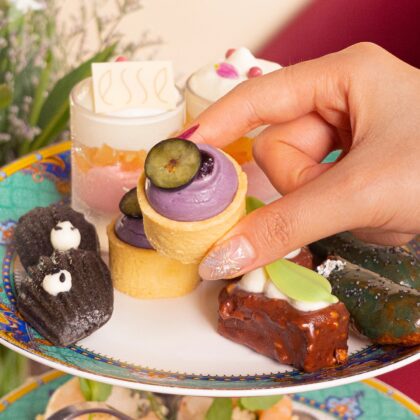
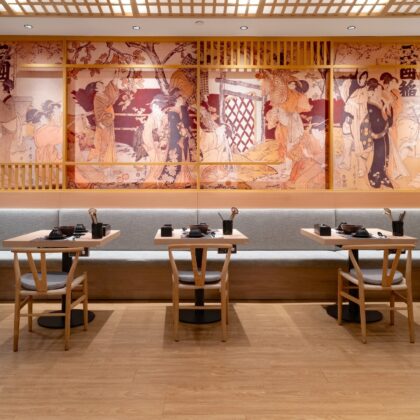

 Travel
Travel


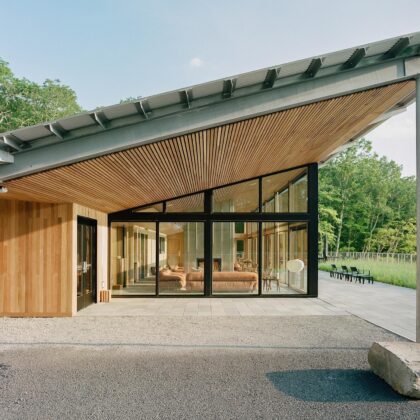
 Style
Style
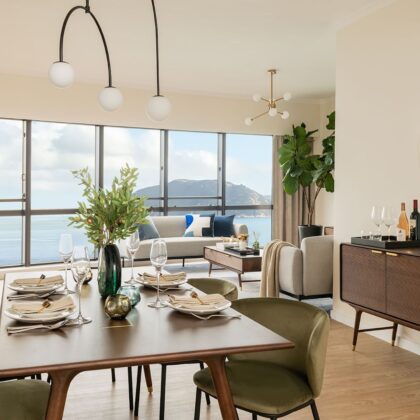


 Beauty
Beauty



 Health & Wellness
Health & Wellness


 Home & Decor
Home & Decor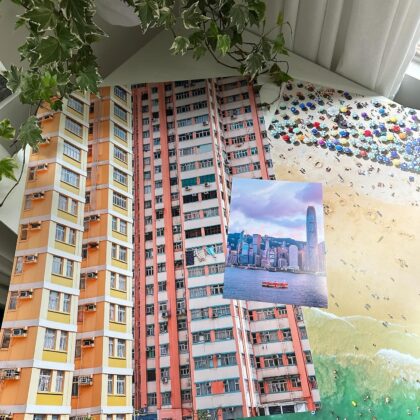


 Lifestyle
Lifestyle

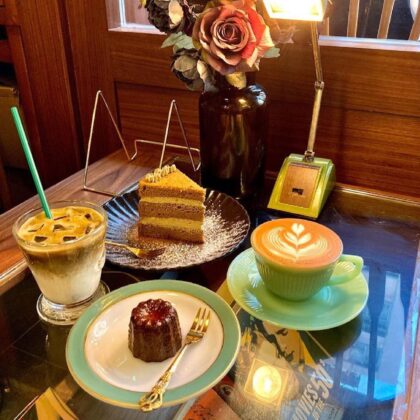
 Weddings
Weddings



